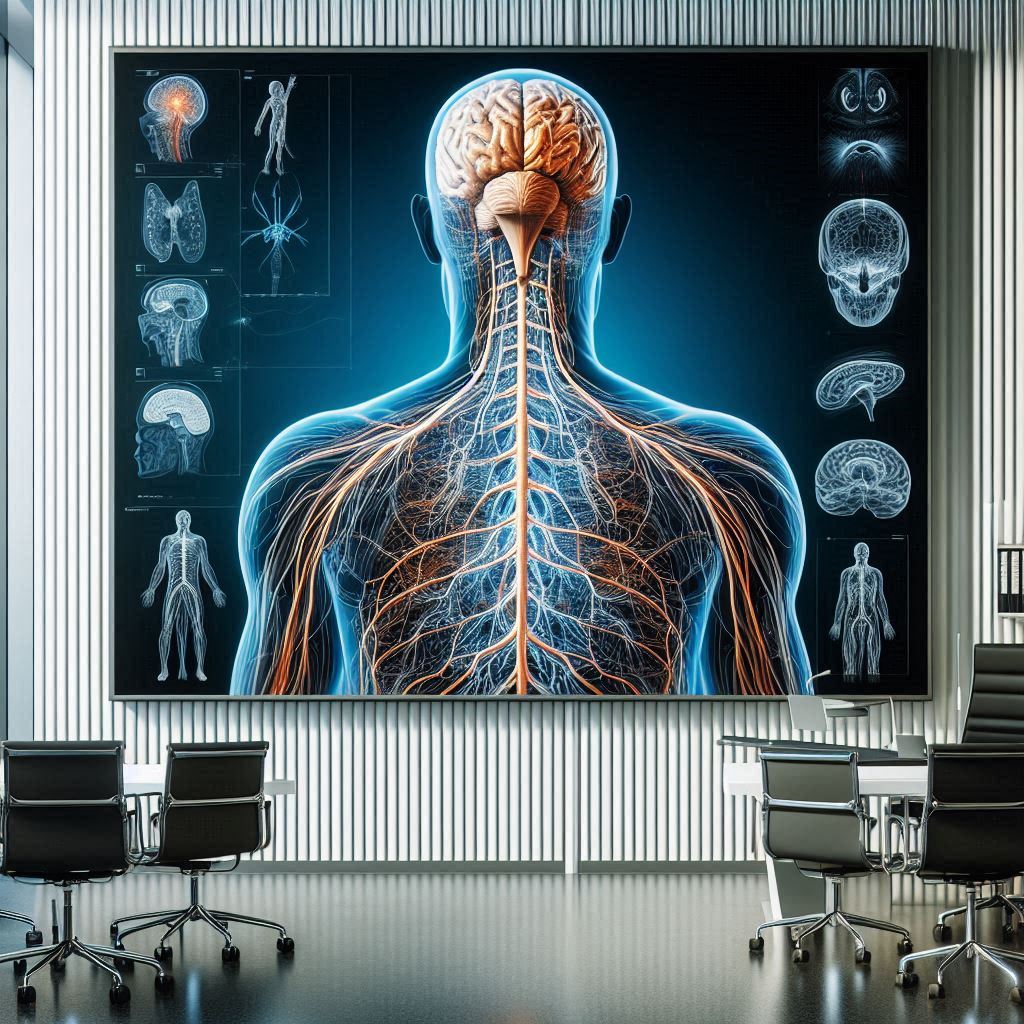Introduction
Multiple sclerosis (MS) is a chronic autoimmune disease affecting the central nervous system, leading to various debilitating symptoms. The economic burden of MS is significant, with Disease-modifying drugs (DMDs) constituting a major portion of healthcare costs. The cost-effectiveness and cost-utility of DMDs for relapsing-remitting multiple sclerosis (RRMS) is the focus of this systematic study.
Key Findings
First-Line Treatments: Studies reveal the cost-effectiveness of various DMDs such as dimethyl fumarate, natalizumab, ozanimod, interferon beta-1a, ocrelizumab, ofatumumab, and teriflunomide. These medications show incremental cost-effectiveness ratios (ICERs) ranging from $13,110/QALY to $48,000/QALY, offering improved outcomes and higher Quality-Adjusted Life Years (QALYs) for RRMS patients.
Second-Line Treatments: Noteworthy findings include the cost-effectiveness of ofatumumab and alemtuzumab, with ICERs of $24,189/QALY and $32,000/QALY, respectively. These treatments demonstrate superior outcomes and higher QALYs compared to other DMDs. Ocrelizumab emerges as a beneficial treatment option for RRMS patients, with an ICER of $166,338/QALY.
Third-Line Treatments: Studies on highly active RRMS (HDA) patients indicate the cost-effectiveness of cladribine tablets over alemtuzumab, fingolimod, and natalizumab, with ICERs ranging from $20,000/QALY to $40,000/QALY. Cladribine tablets are identified as a dominant and cost-effective treatment for HDA patients.
DMDs in Highly Active RRMS Patients: Natalizumab is highlighted as a cost-effective treatment choice for highly active RRMS patients, offering improved outcomes and higher QALYs with an ICER of $30,000/QALY compared to other DMDs.
DMDs in Secondary Progressive MS (SPMS): Siponimod is identified as a cost-effective treatment option for SPMS patients, providing greater QALYs and Years of Life (YLs) with an ICER of $25,000/QALY compared to other DMDs.
Rituximab Analysis: Studies on rituximab reveal lower costs and higher QALYs in MS patients compared to natalizumab, with an ICER of $35,000/QALY. Rituximab emerges as a promising treatment option for MS management.
Conclusion
The review points out how crucial it is to treat RRMS with DMDs that are both helpful and affordable. Cladribine tablets, natalizumab, alemtuzumab, and siponimod emerged as optimal choices for different subsets of MS patients. Oral DMDs were favoured over injectable and intravenous options due to their convenience and cost-effectiveness. Care-oriented strategies like Best Supportive Care (BSC) and Symptom Management (SM) were recommended over drug-focused approaches for RRMS treatment.
Recommendations
Healthcare policymakers, neurologists, and stakeholders should consider the local context and cost-effectiveness data when making decisions about MS treatment strategies. Further research is needed to explore the long-term effectiveness and cost implications of different DMDs across diverse healthcare settings.





